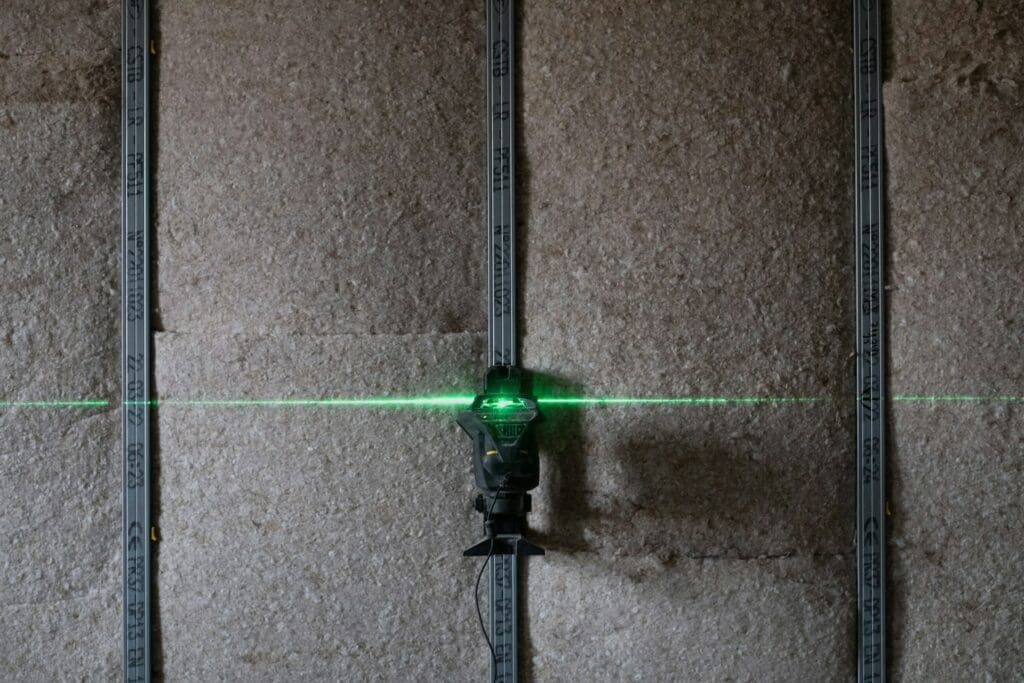As a company that specializes in asbestos removal, we have extensive experience and knowledge in the field of asbestos detection and removal. Asbestos, a once popular material used in construction, was widely used in homes built before the 1980s due to its impressive fire-resistant and insulating properties. However, later research linked exposure to asbestos to serious health problems, including mesothelioma and lung cancer.
What is Asbestos?
Asbestos is a term used to refer to six naturally occurring silicate minerals. These minerals, known for their lengthwise fibrous structure, were once praised and widely utilized in building and construction materials due to their strength, resistance to heat and electricity, and insulation properties. However, when these fibres are disturbed, they can become airborne and, if inhaled, can lead to significant health problems including lung diseases and cancer.
The History of Asbestos
Asbestos has a long history, with its use dating back to the Stone Age. However, it was during the Industrial Revolution that asbestos use became widespread, with the mineral being used in everything from insulation and shingles to car brakes and electrical fire prevention. It wasn’t until the mid-20th century that the adverse health effects of asbestos began to be widely recognized, leading to its usage being banned or restricted in many countries.
Where Can Asbestos be Found?
Asbestos can often be found in older homes, specifically in insulation materials, floor tiles, siding, and roofing. In addition to these areas, asbestos may also be present in textured paint, pipe cement, and joint compounds used on walls and ceilings. It’s also possible for asbestos to be found in fireproof clothing, automotive brakes, and certain types of plastics.
How to Identify Asbestos in Home Insulation
Identifying asbestos in home insulation can be quite challenging as it often closely resembles regular insulation materials. Asbestos insulation may appear as a fluffy, fibrous material that is either gray or white in color. It may also have a shiny or glittery appearance due to the presence of mica. However, it’s important to note that the presence of asbestos cannot be confirmed merely by visual inspection.
What to Do if You Suspect Asbestos in Your Home
If you suspect that your home may contain asbestos, the most crucial step is not to disturb it. Asbestos becomes hazardous when it’s disturbed and its fibers are released into the air. Under no circumstances should you attempt to remove or disturb the insulation on your own.
Instead, it’s recommended to call a professional asbestos inspection and removal service. These professionals have the necessary training, experience, and equipment to safely handle asbestos materials. They can take samples of the suspected materials and have them tested in a certified laboratory to confirm the presence of asbestos.
The Process of Asbestos Removal
The process of asbestos removal should be done by trained and certified professionals. This process includes a thorough inspection, sampling and testing, containment, removal, and disposal of asbestos materials. All these steps are performed following strict safety regulations to ensure the prevention of asbestos fiber release into the air.
Conclusion
As a company specializing in asbestos removal, we strongly advise against homeowners trying to handle or remove asbestos-containing materials themselves. The risks associated with asbestos exposure are too great to be taken lightly. If you suspect your home may contain asbestos, it’s essential to act responsibly and contact professionals to ensure the safety and health of all inhabitants.




